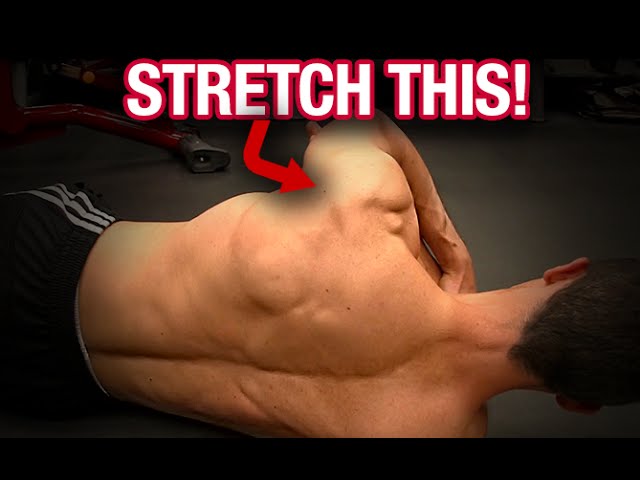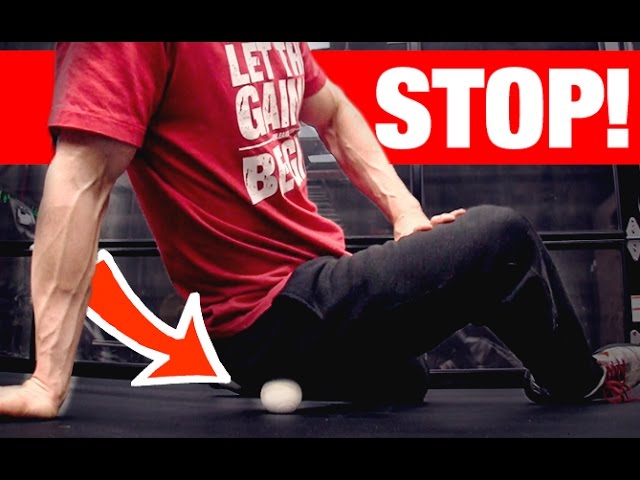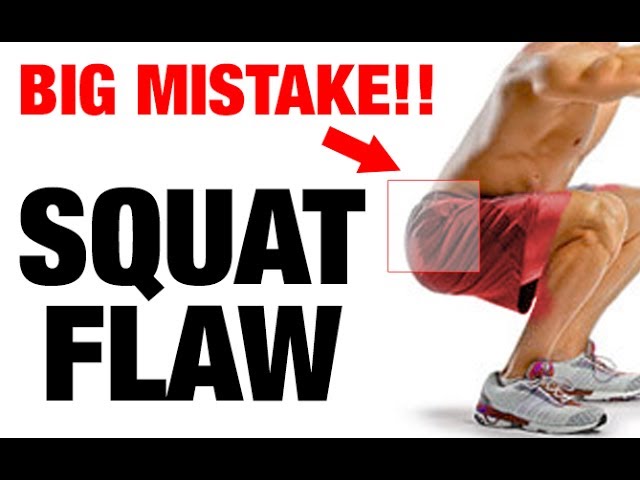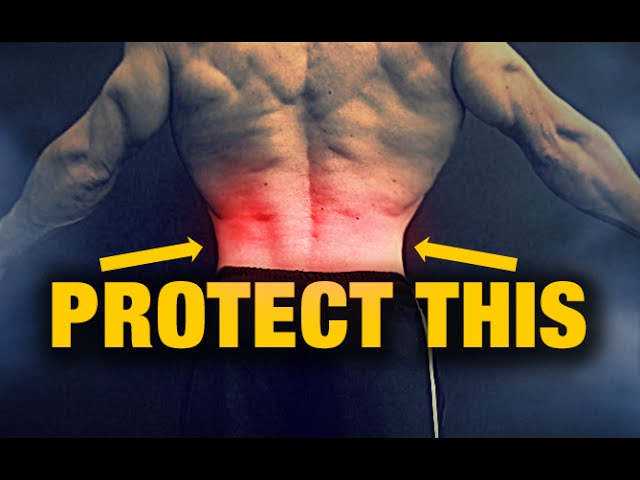Build bigger shoulders while keeping them healthy with A-X
http://athleanx.com/x/bigger-shoulders-safer-shoulders
Shoulder pain is one of the most common ailments that derail a good workout. Most often, a few shoulder stretches are all that is needed to not just correct the issue but prevent it from occurring in the first place. That said, not many know how to properly stretch their shoulder to help stop shoulder pain from killing their workouts. In this video, I show you one of the most common shoulder maladies that causes discomfort when lifting and how to assess whether you are suffering from it so that you can fix it.
The shoulder joint is wrapped tightly by a fibrous structure called a capsule. The shoulder capsule has a posterior portion that is responsible for providing integrity and support to the humerus within the ball and socket. When the muscles surrounding the shoulder get tight (in particular the rotator cuff) those muscles have a tendency to push the head of the humerus forward in the shoulder joint. Once there, the capsule can begin to adaptively shorten which leads to much more chronic and serious changes in the joint.
To prevent shoulder capsule shrinking and tightness, you must have a way to stretch this structure out. First however, you need to determine whether or not the tightness you feel is from the capsule or from another muscle or muscles in and around the shoulder.
I show you a posterior capsule test that will help you to figure out what you are dealing with. Lie on your back with your arm fully internally rotated. Be sure that you are internally rotating the arm at the shoulder and not just pronating your forearm. From there, hold your arm perpendicular to the ground at ninety degrees and make sure that your back doesn’t roll and your shoulder blade does not lose contact with the ground.
Try to bring your arm across your chest. If you can get the outside of your elbow to cross your chest midline then you likely don’t have a tight posterior capsule and instead are dealing with either a tight posterior delt or lat. Stretches can be seen for those in future videos here on our channel.
The sleeper stretch as shown in this video is great for stretching out the posterior shoulder capsule and helping you to restore normal mobility within the shoulder joint. Be sure not to crank on your arm too much during this stretch and aim to complete it a few times each week for 45-60 seconds each time until you get up to 70 degrees of internal rotation back to your shoulder and can almost touch the ground with the fingers on the affected side.
If you want a complete workout program that helps you to restore maximum mobility and flexibility to unlock your greatest strength and size gains ever, be sure to head to http://athleanx.com and get the ATHLEAN-X Training System. Start using the same program used by hundreds of top professional athletes in all major sports to start reaping the rewards that these all stars see from their training.
For more videos on how to stretch your shoulders as well as how to stretch your hips and back, be sure to subscribe to our channel here on youtube at http://youtube.com/user/jdcav24



